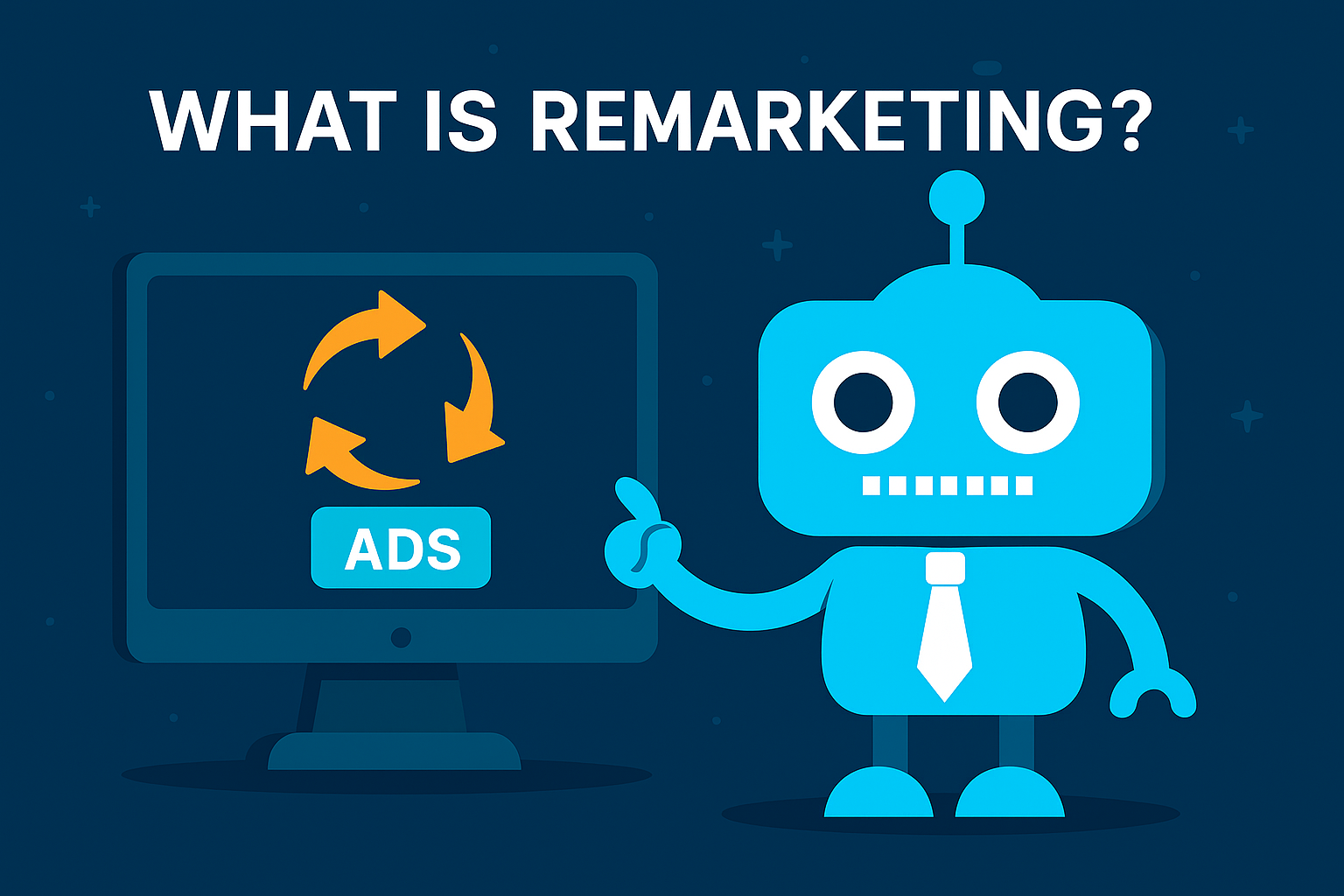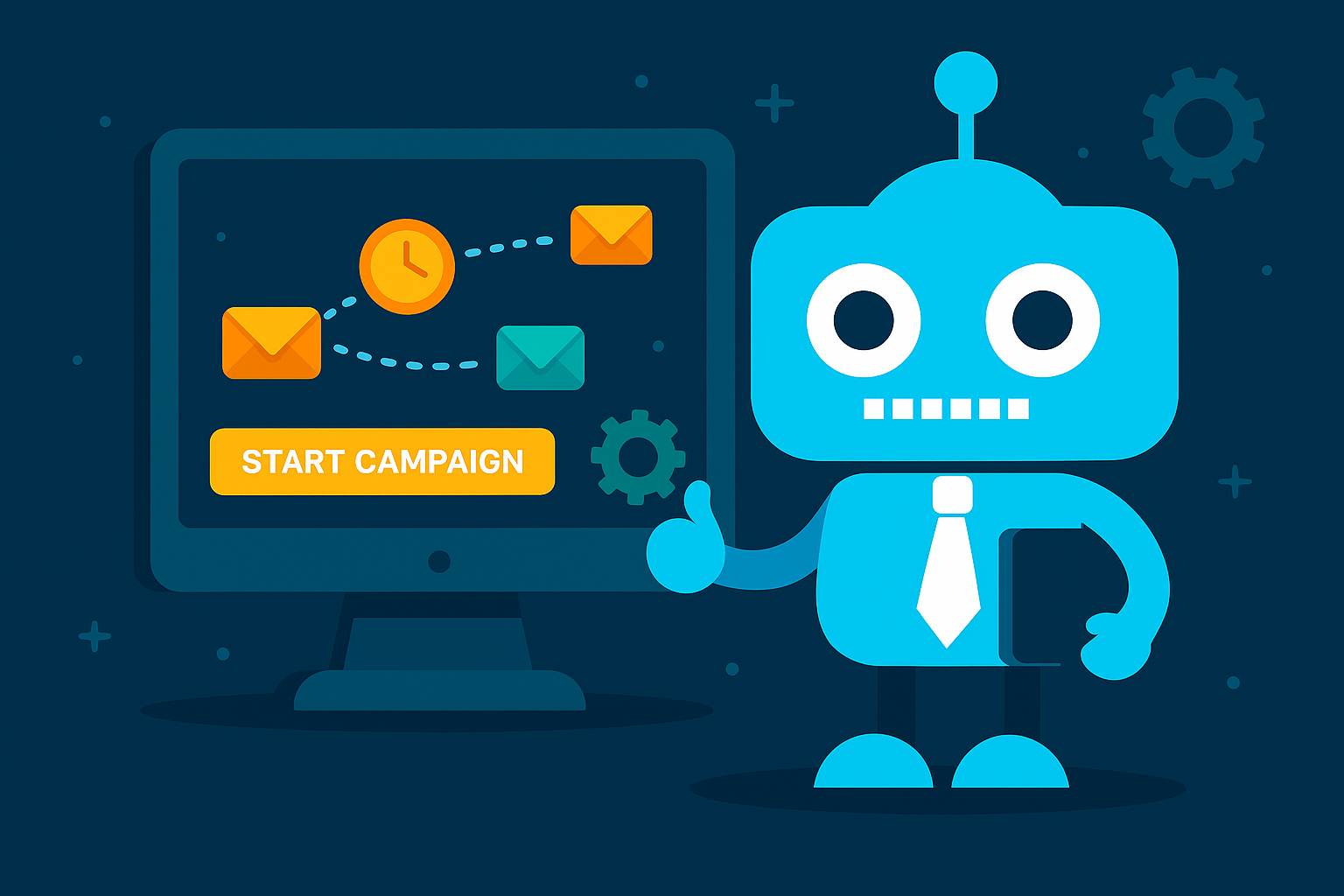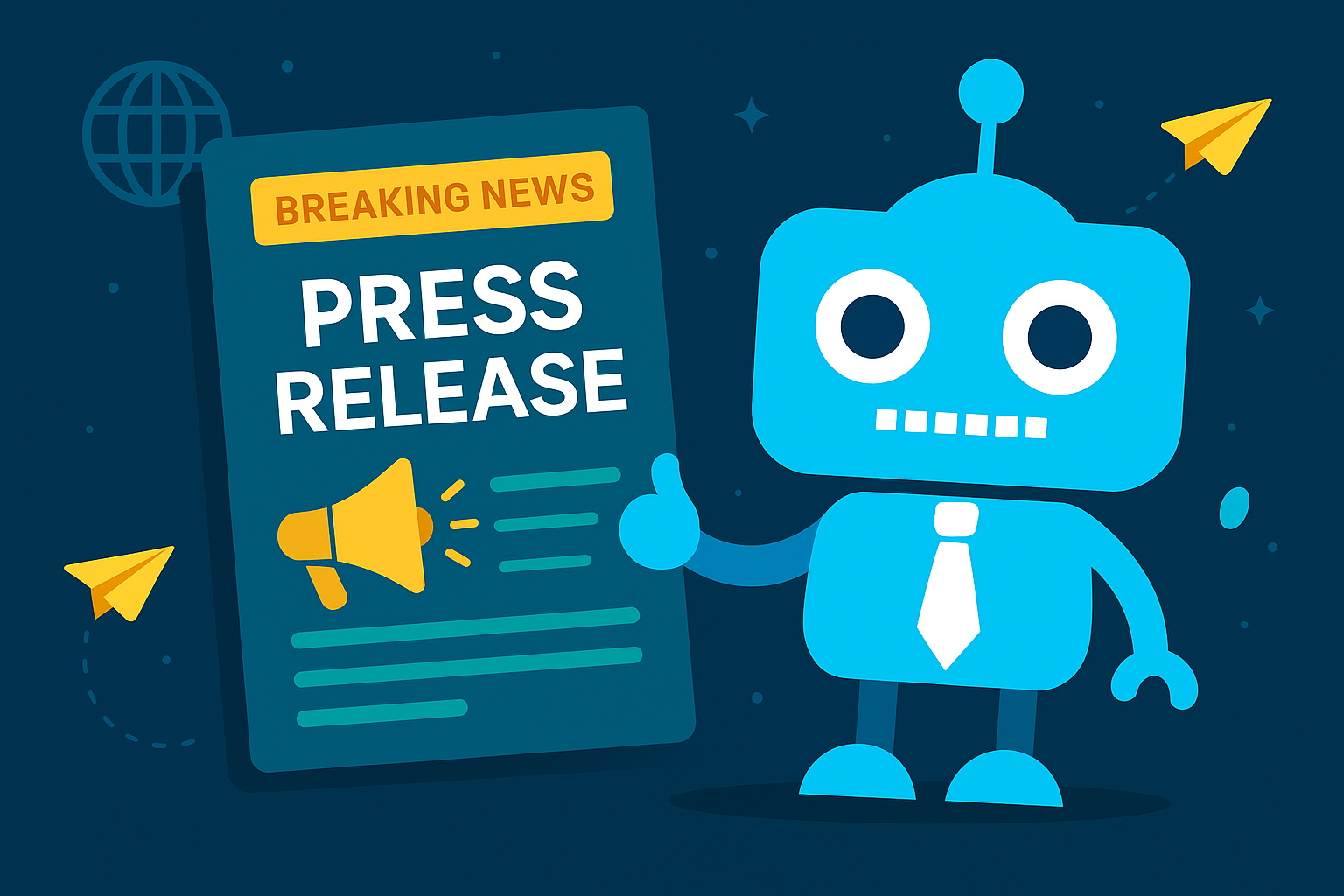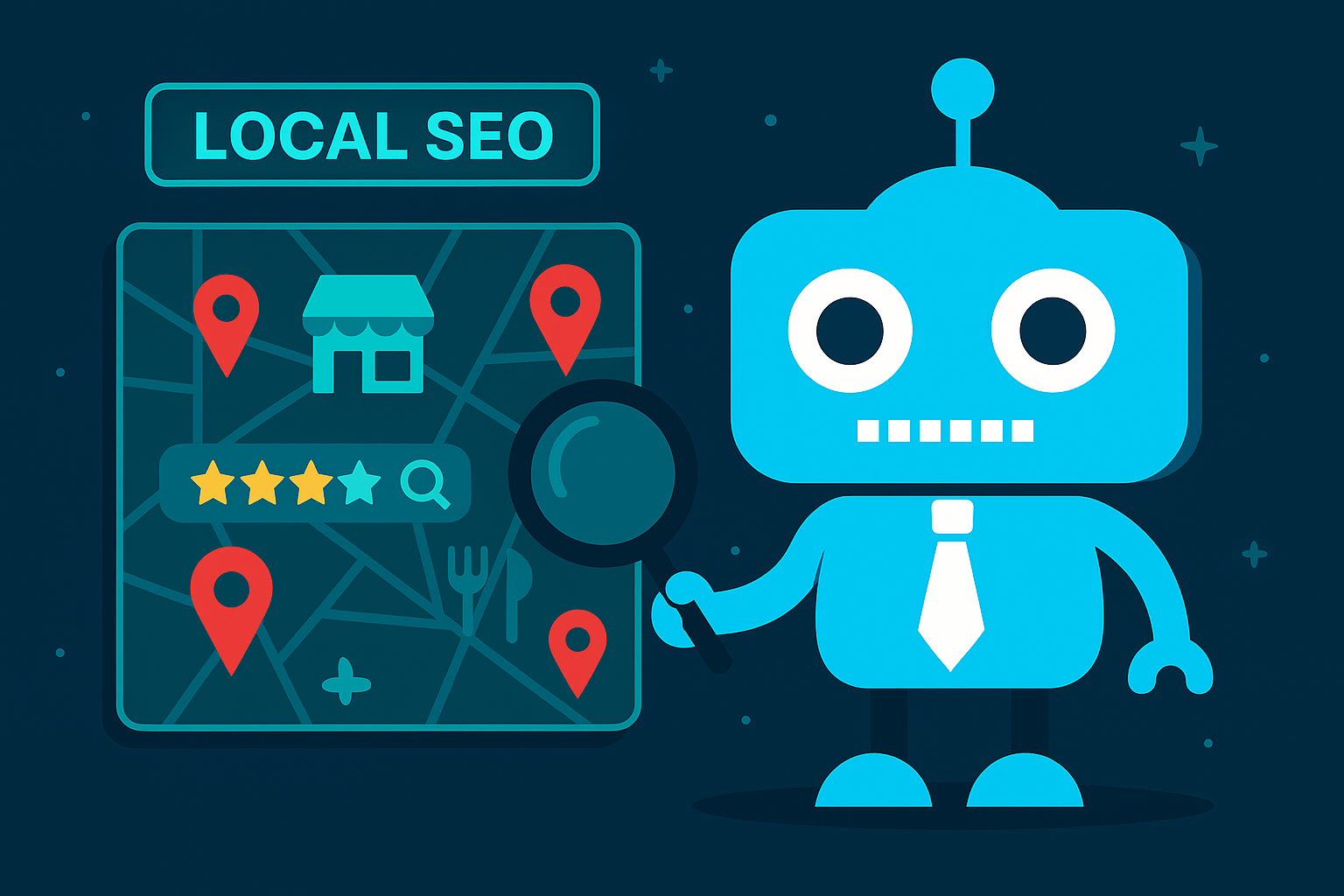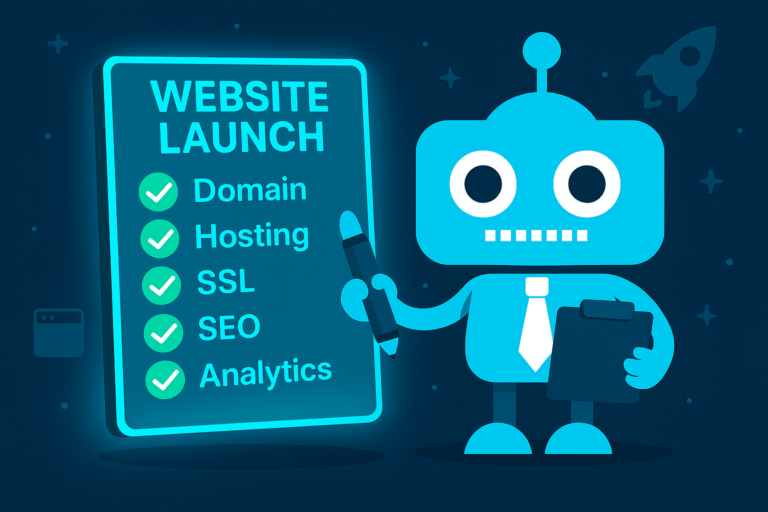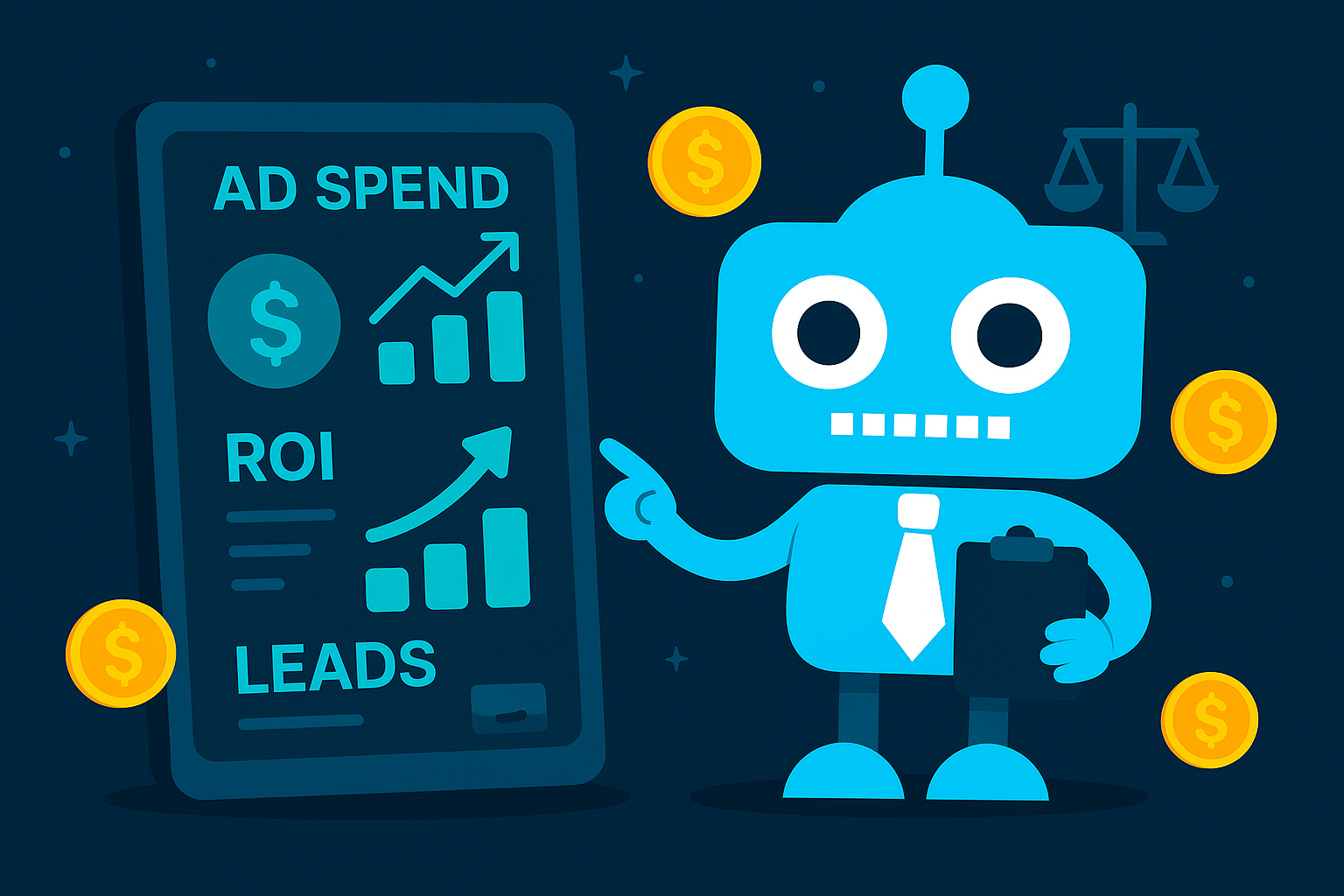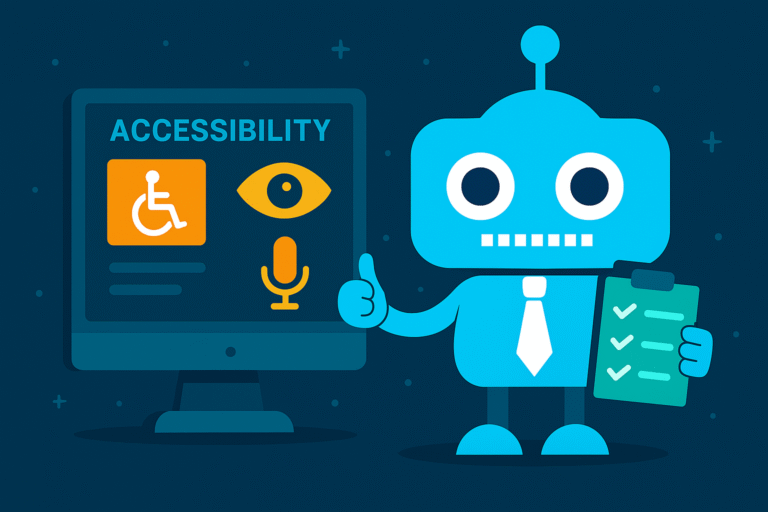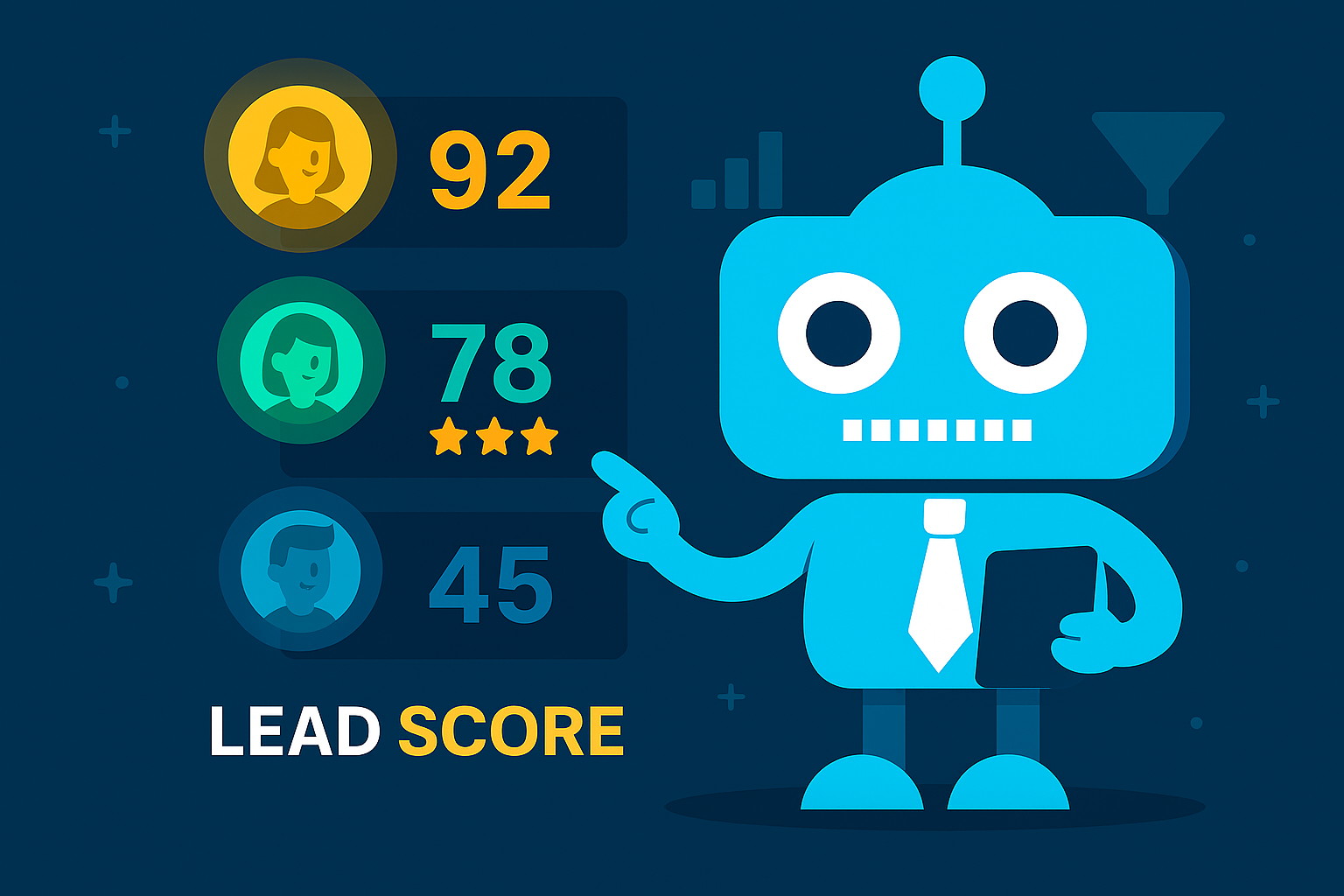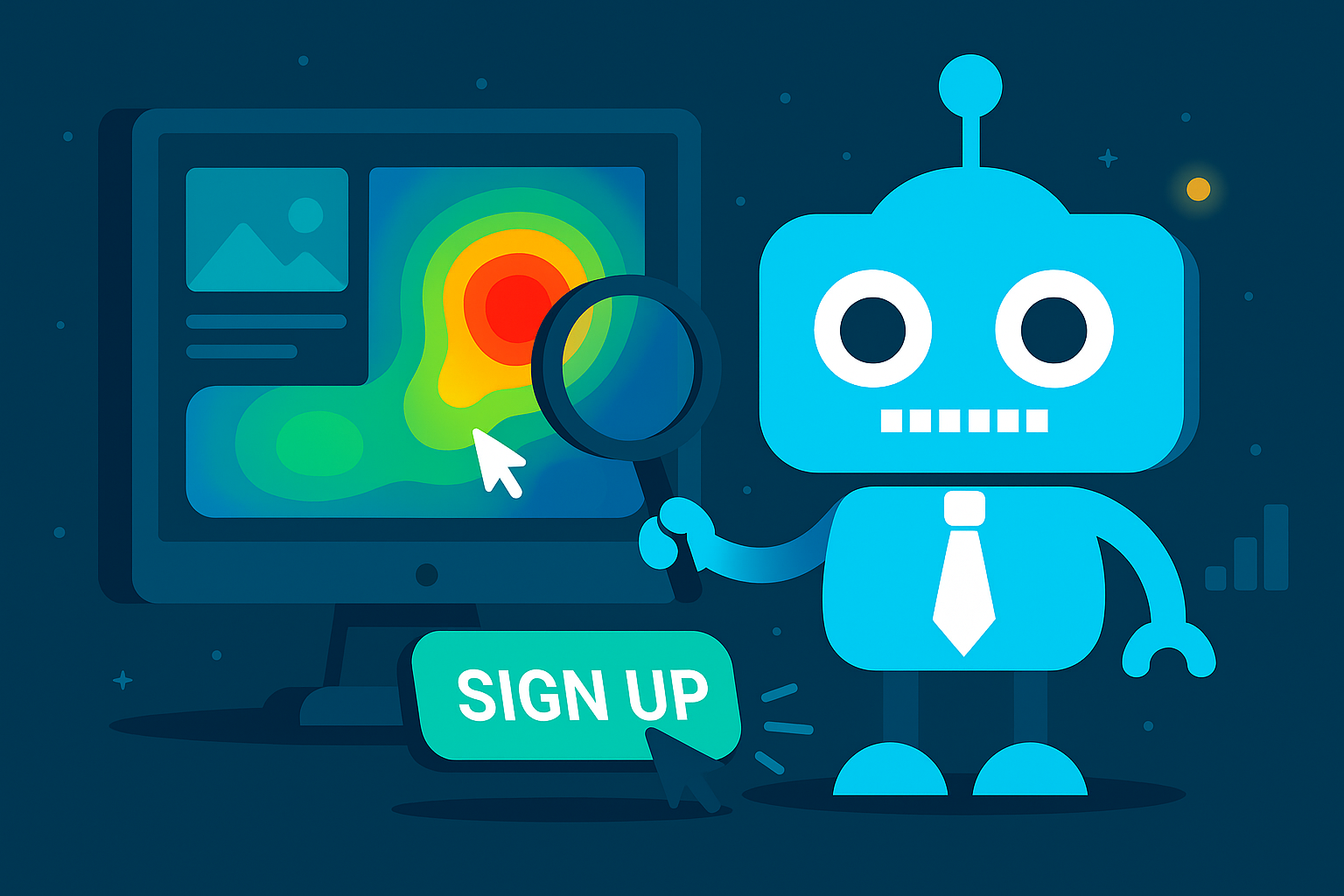Digital marketing is how your business shows up online, gets found, and turns attention into revenue. For small businesses, it’s not about doing everything—it’s about doing the right things consistently: a fast, trustworthy website, clear messaging, and a handful of channels that match your goals and budget.
In this guide:
Digital marketing is promoting your products or services through online channels—your website, search engines, social media, email, and paid ads. The advantage over traditional media is precision and measurability: you can target the right people, see what works in real time, and scale what converts.
- Cost-effective: Start small, prove ROI, and grow. No giant ad buys required.
- Local targeting: Show up for “near me” searches and map results—right when people are ready to buy.
- Measurable: Know which channel brought the call, form fill, or sale—and invest accordingly.
- Always on: Your website can educate and convert 24/7 while you run the business.
- Speed & mobile-first: Slow sites leak revenue. Aim for fast load times and tap-friendly layouts.
- Clear offer & next step: Tell visitors exactly what you do, who it’s for, and how to get started.
- Trust signals: Reviews, testimonials, real photos, certifications, guarantees, and clear pricing.
- Conversion paths: Prominent Call, Book, or Get a Quote buttons, short forms, and click-to-call on mobile.
- SEO-ready structure: Clean headings, descriptive page titles & meta descriptions, and local business schema.
- Security & uptime: SSL, daily backups, updates, and reliable hosting (we provide 99.9% uptime).
Optimize your pages so you rank in Google for the terms your buyers search. Start with service pages and a few helpful blog posts that answer common questions. Over time, SEO compounds.
- Claim & optimize your Google Business Profile (categories, hours, services, photos).
- Collect reviews and reply to every one—keywords in reviews help.
- Use city/area pages for service coverage (e.g., “Plumber in Gilbert, AZ”).
Publish useful posts, guides, and FAQs that solve problems for your ideal customer. Content fuels SEO, social, and email—one piece can work across multiple channels.
- Build a list with simple offers (checklist, coupon, free consult).
- Send a monthly update: tips, case study, and a clear CTA.
- Automate a 3-email welcome sequence to introduce your brand and services.
Choose 1–2 platforms where your customers hang out. Share proof (before/after, testimonials, quick demos) and local moments. Keep it real; consistency beats perfection.
Use Google Ads for “ready to buy” searches (e.g., “emergency dentist near me”) and Meta ads for awareness and retargeting. Start with small daily budgets and track calls/leads to profit.
- Define the goal: Calls? Bookings? Quote requests? Pick one primary conversion.
- Know your audience: Who are they? Where are they? What do they value most?
- Clarify your offer: What’s the quick win or differentiator (speed, price, guarantee, niche expertise)?
- Pick channels: Website + Local SEO + 1 paid or 1 organic channel to start.
- Set tracking: Call tracking, form goals, and UTM links so you can see ROI.
- Run 90-day cycles: Ship, measure weekly, keep winners, fix or cut the losers.
- Leaky website: Hard-to-find phone number, slow pages, or too many clicks to convert. Fix: Add obvious CTAs, compress images, simplify forms.
- Owning nothing: Handing your domain, hosting, or data to a third party. Fix: Keep logins and own your assets.
- Chasing trends: Trying every new platform at once. Fix: Do fewer things better.
- No follow-up: Leads go cold. Fix: Auto-reply, text, and a short nurture sequence.
- No proof: Missing reviews and case studies. Fix: Ask every happy customer for a review; showcase results.
- Set-and-forget: Never reviewing performance. Fix: Monthly 30-minute metrics check.
- Register/verify your Google Business Profile and add 10+ photos.
- Put your main CTA (“Call” / “Book Now” / “Get a Quote”) above the fold on every page.
- Create or refine three core service pages + one Location page.
- Publish one helpful post that answers a common question this month.
- Add website forms with notifications + basic autoresponder.
- Set up analytics, conversions, and call tracking.
- Ask 3 recent customers for public reviews (send them a direct link).
- If running ads, start with a small budget and exact-match “money” keywords.
A simple starting point is 3–7% of revenue, but begin with the minimum needed to prove ROI (for example, a modest Google Ads budget and a maintained website). Increase only when you see profitable results.
Paid ads can generate leads quickly. SEO and content build compounding traffic over 3–6 months. Consistency matters—pick a plan you can sustain.
No. Choose 1–2 where your customers actually are and show up weekly with real proof of your work.


